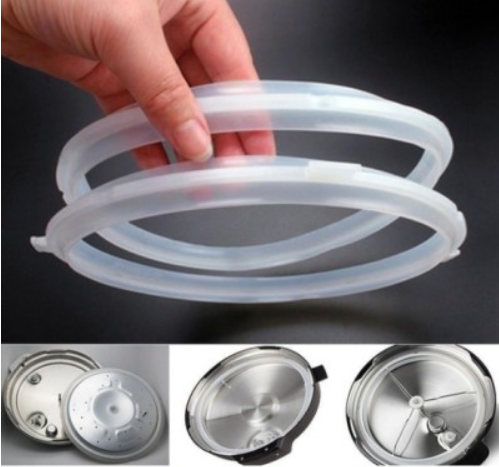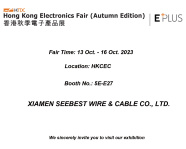What is the injection molding temperature for silicone rubber?
Upload Time:
Jul 15, 2025
It is recommended that manufacturers establish a comprehensive temperature monitoring system in actual production and continuously optimize process parameters to achieve the best product performance and production efficiency.
A Comprehensive Analysis of Temperature Control in Silicone Injection Molding: Key Parameters and Optimization Strategies
一. The Importance of Temperature in Silicone Injection Molding
Temperature is a key parameter that affects product quality and production efficiency in silicone injection molding. The right temperature can ensure the following:
* Full flow of material to fill every detail of the mold
* Complete cross-linking reaction to guarantee product physical properties
* Optimized production efficiency and shortened molding cycle
* Stable product quality and reduced defect rate
As a professional silicone material supplier, Prime Silinktech draws on years of industry experience to provide you with a detailed analysis of the key points of temperature control in silicone injection molding.
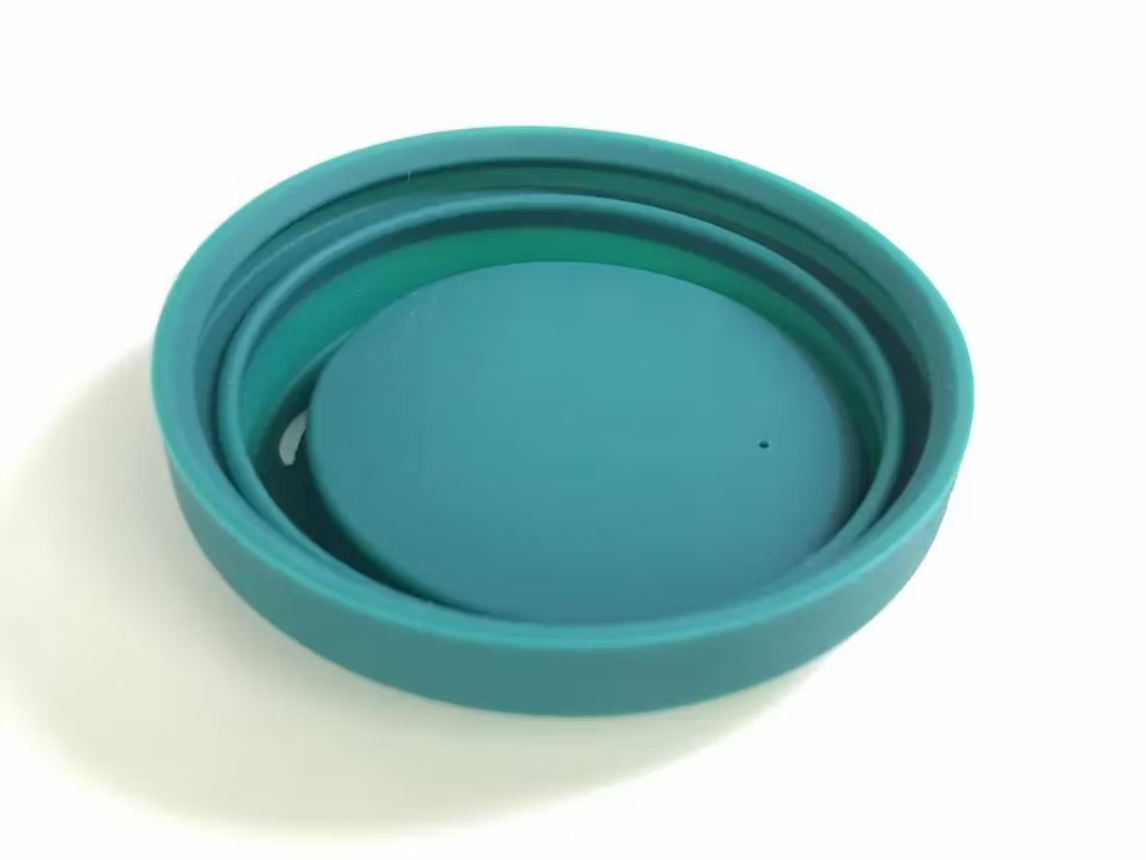
二 . Liquid Silicone Rubber (LSR) Injection Molding Temperature Range
1. Barrel Temperature Settings
Prime Silinktech recommends the following temperature ranges:
Barrel Zone Temperature Range (°C) Function Description Feed Section 20-30 Maintain material stability Melting Section 30-50 Initial softening of material Metering Section 50-70 Precise control of flowability
Special Notes:
For high-viscosity grades, the temperature can be appropriately increased by 5–10°C.
Transparent products ,we recommended maximum temperature control
2. Mold temperature control
Mold temperature directly affects curing results:
Product type Mold temperature (°C) Curing time (min) Thin-walled products 150-180 1-Thick-walled products 120-150 3-5 Precision parts 170-200 0.5-2
3. Prime Silinktech experimental data shows:
For every 10°C increase in temperature, the curing time is shortened by approximately 15%.Temperatures exceeding 200°C may affect the mechanical properties of the product.
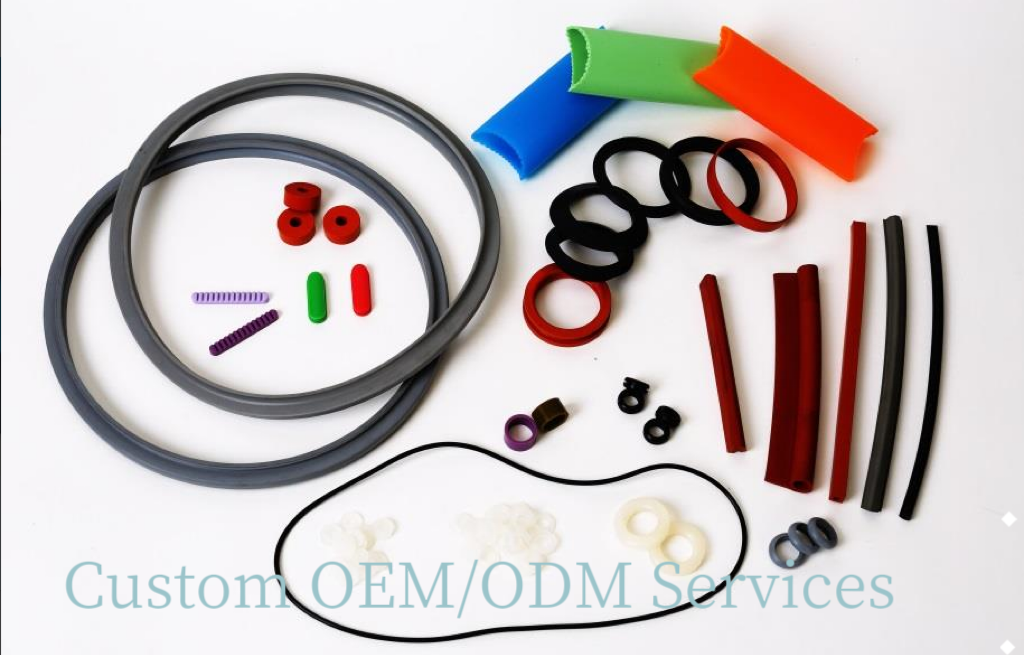
三. Recommended injection molding temperatures for Prime Silinktech series products
1. General-purpose series
Optimal injection molding temperature: 160-180°C
Features: Strong adaptability to a wide temperature range
Applications: Automotive parts, industrial accessories
2. High Transparency Series
Optimal injection molding temperature: 150-170°C
Features: Maintains transparency at low temperatures
Applications: Optical components, food-grade products
3. Medical-grade series
Optimal injection molding temperature: 140-160°C
Features: Guaranteed biocompatibility
Applications: Medical devices, implants
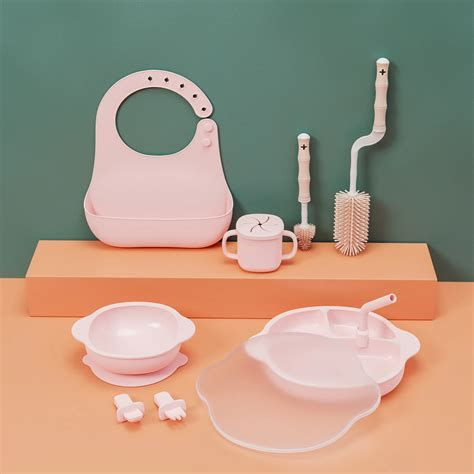
四.Key techniques for temperature control
1. Temperature uniformity control
Use a multi-point temperature measuring device to detect temperature differences in various parts of the mold.
It is recommended that the temperature difference be controlled within +5°C.
Prime Silinktech recommends using a high-precision mold temperature controller.
2. Temperature and pressure coordination
A 5°C increase in temperature can reduce injection pressure by 10-15%.Thick-walled products can use a “low temperature, high pressure” approach.Thin-walled products are suitable for a “high temperature, low pressure” process.
3. Temperature adjustment for special circumstances
When the ambient temperature is high: Lower the set temperature by 3-5°C. For products with complex structures: Increase the temperature by 5-10°C. For rapid production requirements: Use the upper limit temperature.
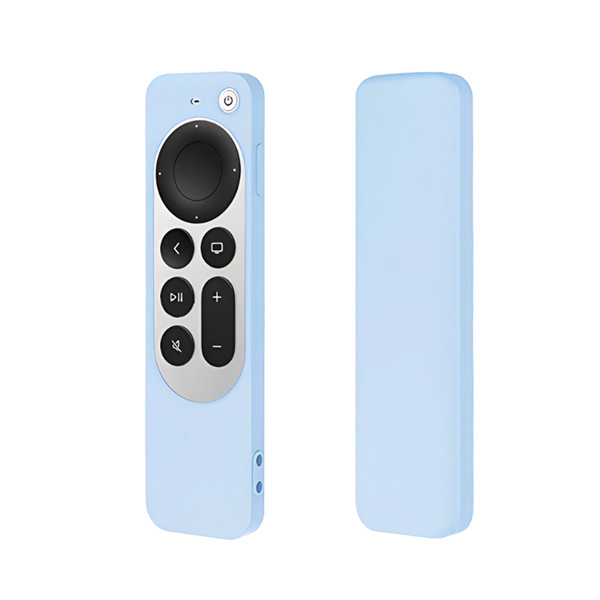
Conclusion from Prime Silinktech’ team.
Silicone injection molding temperature control is a technology that requires a combination of theory and practice. Precise temperature control not only improves product quality but also optimizes production efficiency and reduces production costs. With the development of new materials and new processes, temperature control technology will continue to advance, bringing more possibilities to the silicone products industry. It is recommended that manufacturers establish a comprehensive temperature monitoring system in actual production and continuously optimize process parameters to achieve the best product performance and production efficiency.
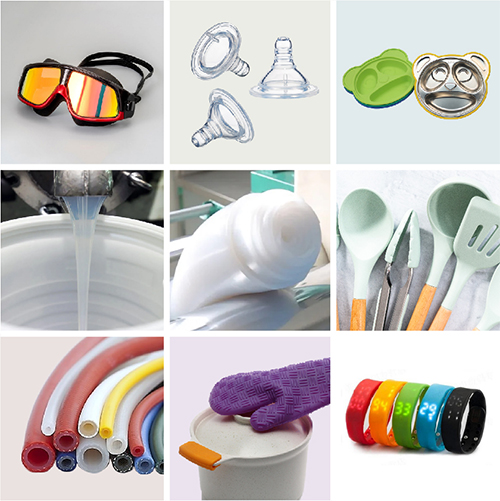
Relevant News

